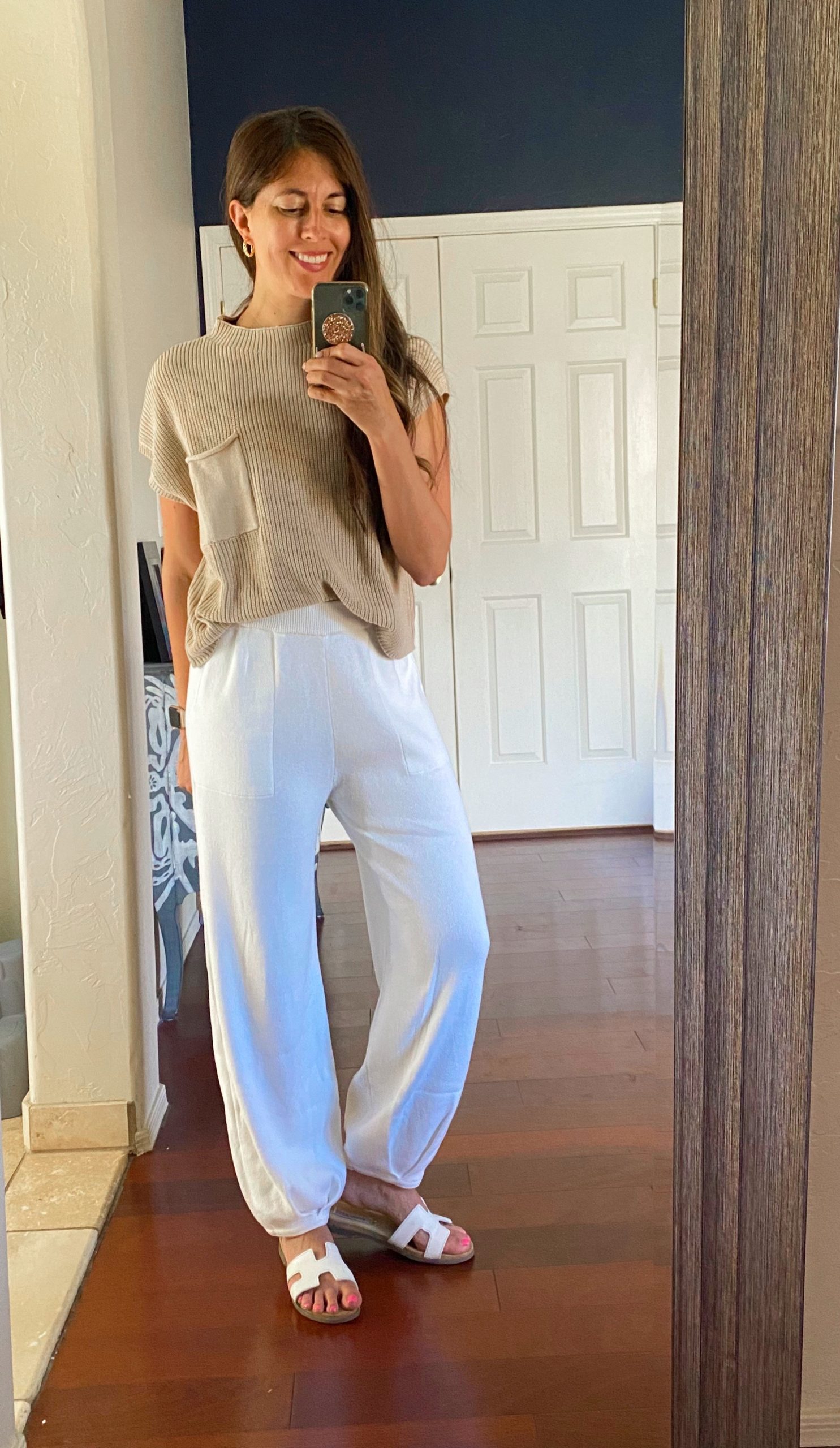You are throwing a party and on the tray is the yummiest chicken waiting to be eaten. However, after 2 hours, if the tray is not fully empty, it is better to send the remains to the dustbin!
Enjoy cooked chicken as soon as it is cooked! A delay in consumption beyond 2 hours at room temperature is a strict no-no. This applies to any type of cooked chicken – be it baked or fried, kebab or curry. We tell you why…
How Long Can Cooked Chicken Sit Out
Letting cooked chicken sit out at room temperature beyond a certain time limit will make it dangerous to consume. If you are outdoors, for example on a picnic, then check the outside temperature. If it is beyond 90°F (32.2°C), it is better to consume it within an hour of cooking.
- There is one particular reason why this time limit is given. Salmonella, Campylobacter and E. coli are very commonly found in poultry and multiply fast.
- According to USDA’s Food Safety and Inspection Service, the bacteria double themselves every 20 minutes at room temperature.
- Food with E. coli contamination may cause diarrhea or other life-threatening illnesses.
- Salmonella is among the main causes of food poisoning via contaminated chicken. Salmonella can enter the intestinal lining and make it difficult for the intestine to retain water, causing dehydration, sepsis, and diarrhea.
- Campylobacter is another dangerous microbe found in raw and cooked chicken, seafood, and dairy products.
- These bacteria are not destroyed by cooking but wait for the right temperature to multiply.
How to know if the chicken has turned bad
Contaminated chicken can be recognized by a bad smell, wrong color, and texture.
Gray, green, or dark spots indicate bacterial growth. Bloated ones are also not a good sign either.
Fresh chicken should have a firm texture and not be slimy. If it is too soft, you can be assured that decomposition has set in.
Does covering chicken help?
You may ask if covering the chicken with foil or other options will work. No, this is not the proper solution as the food would be damaged anyway, even though the taste may remain the same. The bacteria on the tray and aluminum foil may get into the chicken and cause more harm than good.
Marinating or heaping sauce on it would also not work. Nor will reheating stop toxins from contaminating your chicken.
After-effects of eating contaminated chicken
Consuming chicken left for more than 2 hours at room temperature poses a high risk of food poisoning.
The US Centers for Disease Control and Prevention states that contaminated chicken may cause fever, stomach pain, cramps, diarrhea, vomiting, headaches, and nausea. In rare cases, it could cause bloody stools, high fever, kidney damage, arthritis, meningitis, nerve damage, long-term health ailments, or even prove life-threatening.
The symptoms may appear immediately or within 3 weeks. Every year, 1 in 6 Americans contracts such food-borne illnesses. Many are hospitalized, and some even lose their lives. Whatever the case, if the symptoms persist for long, a visit to the doctor is mandatory.
Keeping chicken consume-worthy
There are two ways to keep chicken pathogen-free: either keep it at high heat or freeze it well below room temperature.
Food warmers are helpful. Catering services, food courts, and buffet restaurants use this facility to keep the chicken in good condition. These devices should maintain a steady temperature of 140°F, which will control bacterial growth.
However, this option has a disadvantage: it could make your juicy chicken dry in just 3–4 hours, so plan accordingly.
Likewise, shifting it to the fridge is a good option, but it should be done before the 2-hour deadline.
Cooked chicken storage guidelines
Ensure your cooked chicken is cooled to room temperature before storing it. Cover it in food-safe plastic wrap to retain quality and date the container so that you remember the storage date.
Avoid storing cooked chicken with raw chicken, as there are chances of cross-contamination. Ideally, cooked chicken can go on the top shelf, and the raw chicken stored at the bottom of the fridge.
Remember to consume it within 3–4 days if it is in the fridge. In the freezer, its shelf life is between 2–6 months.
Better safe than sorry is the bottom line! Go the extra mile in keeping cooked chicken contamination-free.
- Do not keep cooked chicken at room temperature for more than 2 hours.
- Beyond 2 hours, the chicken can be contaminated by various bacteria.
- The types of bacteria that target poultry are E. coli, Salmonella, and Campylobacter.
- Leftovers can be stored in the fridge or in a warmer to stay fresh and contamination-free.
- Storing in the freezer will extend its life to 2–6 months.
- Store raw and cooked food items separately to avoid cross-contamination.









